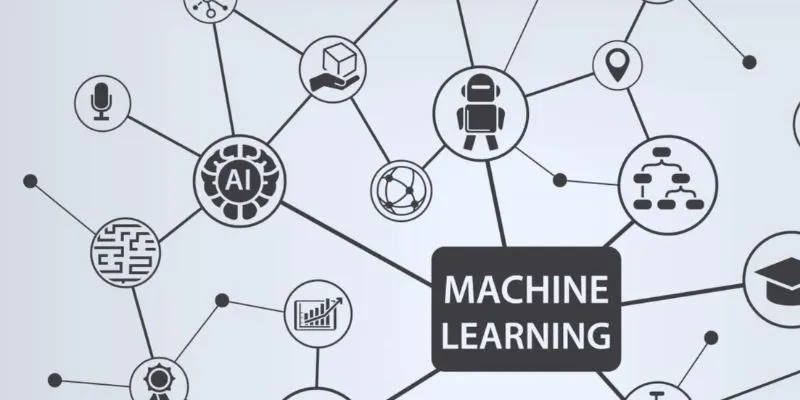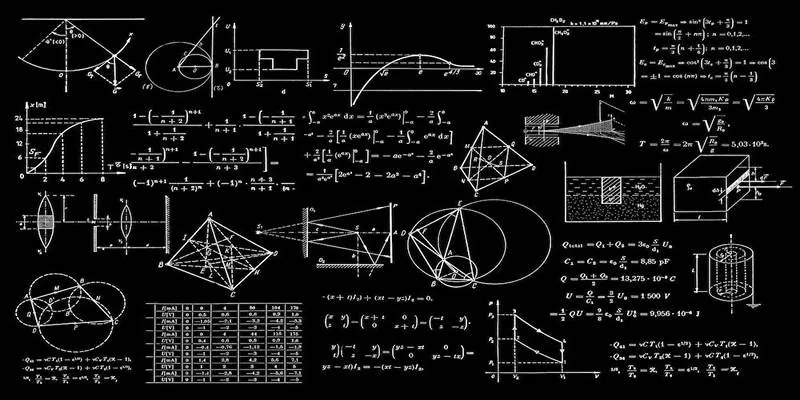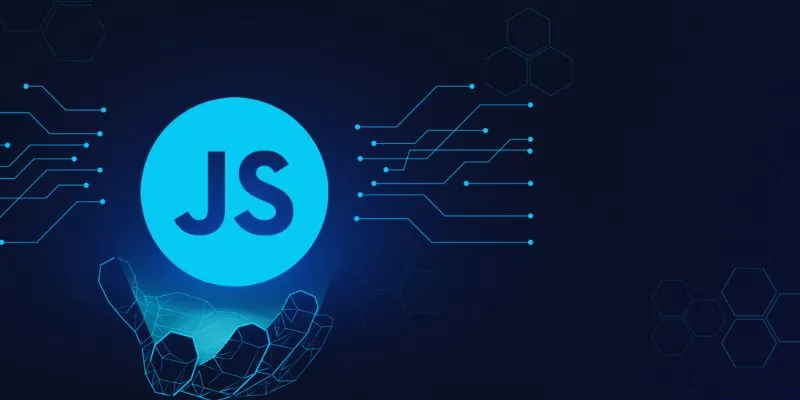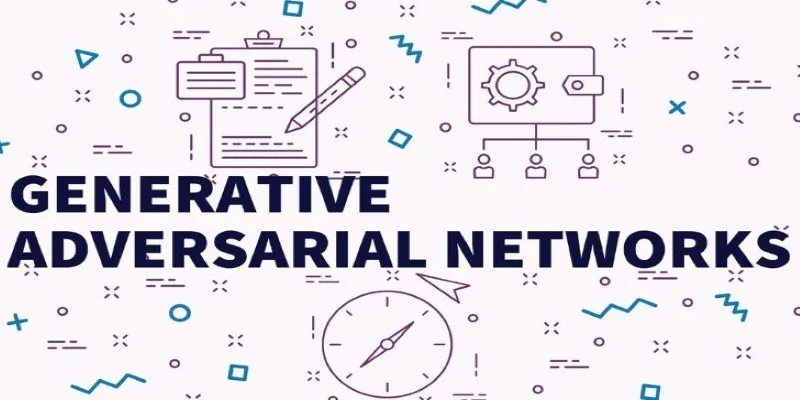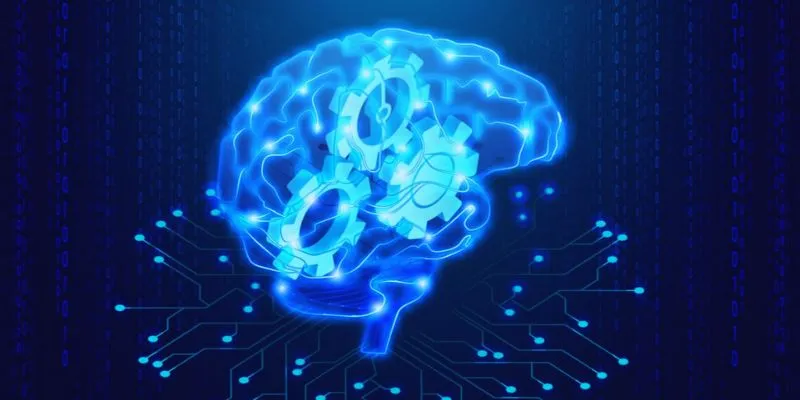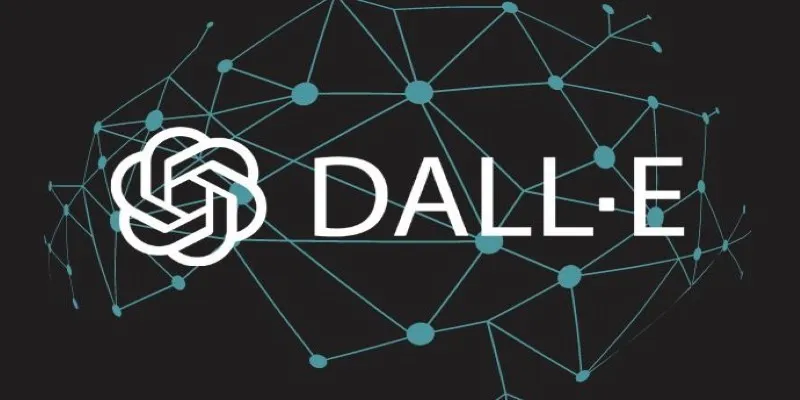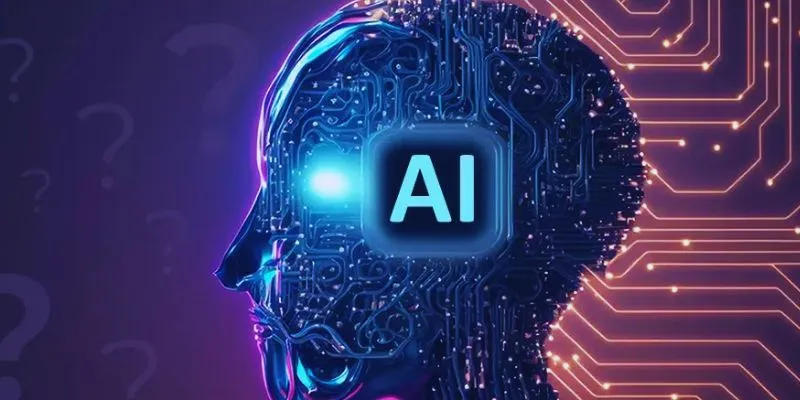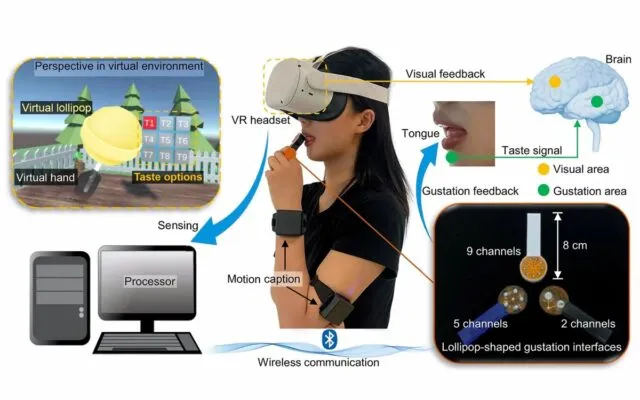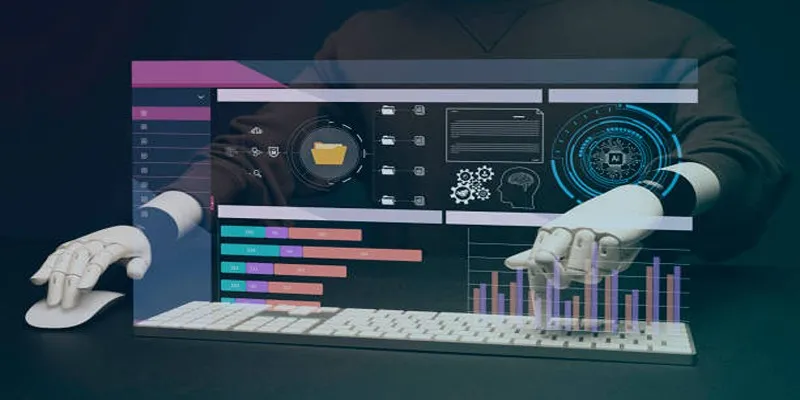The momentum for AI and machine learning is growing rapidly, making it essential for businesses and developers to learn about natural language processing (NLP) and its applications. As interest in NLP increases, so do the resources available for learning. Books, in particular, offer a unique way to delve into significant and complex topics, enhancing your overall data knowledge and foundational understanding. If you’re unsure which books to start with, here is a list of ten excellent choices to kick off your NLP journey.

10 Books to Master Natural Language Processing
If you’re aiming to excel in NLP, consider adding any of the following books to your reading list:
Natural Language Processing Succinctly
Authored by Joseph D. Booth, this book focuses on machine learning-based NLP. It discusses software that can interpret unstructured text, recognize patterns, and use broad context to deduce meaning. The book provides straightforward processes to analyze written text and produce logical responses, offering a comprehensive overview of NLP capabilities.
Deep Learning for NLP and Speech Recognition
Written by Uday Kamath, John Liu, and James Whitaker, this book delves into deep learning architecture for tasks like speech recognition, translation, language modeling, and document classification. It is divided into three parts: speech instruction, NLP, and machine learning basics; fundamental deep learning concepts; and advanced techniques for speech and text processing.
Transformers for Natural Language Processing
Denis Rothman’s book explores various NLP solutions using transformers, including text-to-speech, speech-to-text, and question-answering. The book guides readers in using Python to apply pre-trained transformer models, and provides insights into frameworks like Keras, TensorFlow, and Python for tasks such as sentiment analysis and text summarization. This book is ideal if you’re familiar with Python or TensorFlow.
Natural Language Processing with Python
Authored by Steven Bird, Ewan Klein, and Edward Loper, this book introduces readers to NLP with a focus on practical applications. It includes practical examples using the library to teach important NLP concepts, such as evaluating NLP performance, understanding algorithms and data structures, writing programs to analyze language data, and working with common NLP data formats.
Handbook of Natural Language Processing
Nitin Indurkhya and Fred J. Damerau’s book provides techniques and tools for developing efficient NLP systems. It covers traditional methods like symbolic and empirical approaches, statistical methods, and applications like information visualization and biomedical text mining. The second edition emphasizes statistical approaches.

Natural Language Processing in Action
Written by Hobson Lane, Cole Howard, and Hannes Hapke, this guide helps build machines that can read and interpret human language. It discusses traditional NLP methods, modern deep learning algorithms, and real-world cases involving text composition and free-form question answering. The book also covers sentiment analysis and information extraction challenges.
Speech and Language Processing
Daniel Jurafsky and James H. Martin authored this classic book, which remains a staple for learning NLP. It explores language processing, speech recognition, and symbolic and statistical approaches to language processing. The book is great for beginners, presenting algorithms for search engines, data extraction, and spoken-language dialogue agents.
Practical Natural Language Processing
Bodhisattwa Majumder, Sowmya Vajjala, Anuj Gupta, and Harshit Surana discuss practical NLP solutions in this book. It explains how to apply NLP in industrial settings, offering a detailed overview of field advancements using real-life cases. The book covers problem statements, solution approaches, and best practices for producing software solutions.
Neural Network Methods in Natural Language Processing
Yoav Goldberg’s book focuses on neural networks and their NLP applications. It provides additional resources for expanding knowledge and is divided into four parts. The first half covers neural networks, supervised machine learning basics, and natural language data handling, while the second half delves into specialized neural network programming.
Introduction to Natural Language Processing
Jacob Eisenstein’s book covers NLP techniques for developing language models to generate, understand, and manipulate human language. Divided into four parts, it explores machine learning requirements, textual analysis, structured language representations, linguistic meaning analysis, and machine translation, information extraction, and text generation.
Conclusion
As natural language processing rapidly enters various markets and industries, gaining knowledge in NLP is crucial for competitive advantage. Books authored by experts offer an invaluable resource for learning. Whether you choose “Natural Language Processing Succinctly,” “Deep Learning for NLP and Speech Recognition,” or any other from this list, you’re on the right path to mastering NLP. Start your journey today!
 zfn9
zfn9
